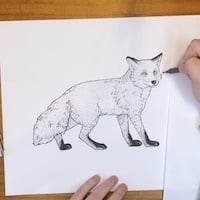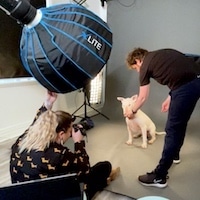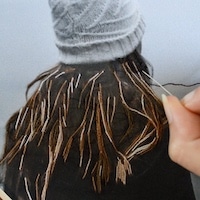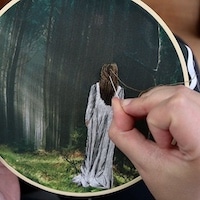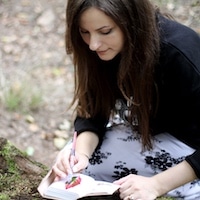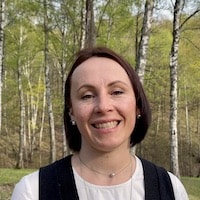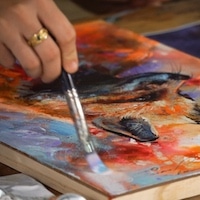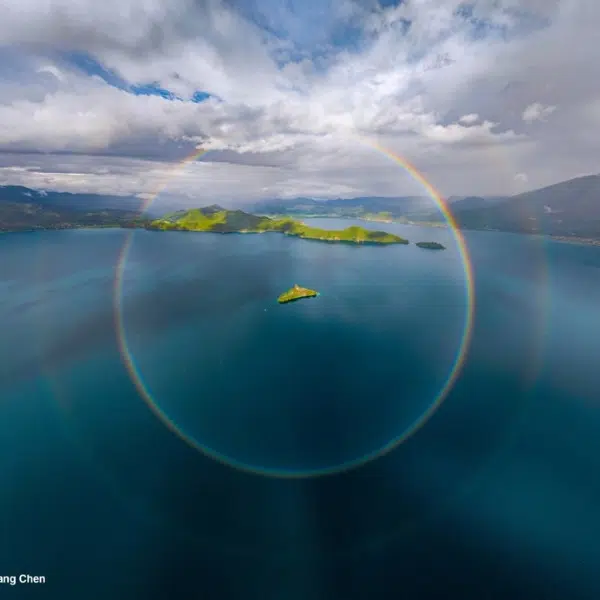
“Comeback of the Atlantic sturgeon” by Jon A. Juárez, GDT – Spain. Winner.
Each year, scientists rear hundreds of thousands of sturgeon larvae for release throughout the Baltic Sea region. During the last two decades, the international rewilding initiative has released more than four million larvae across Germany, Scandinavia, Poland and the Baltic states. In 2024, Sweden marked a significant milestone with the release of the first 100 fully-grown Atlantic sturgeon (Acipenser oxyrinchus). Researchers and conservationists work side by side to tag the fish and track their post-release movements with the help of a monitoring system. After getting tagged, small groups of sturgeon are left to acclimatise to their new environment in holding enclosures for three days before release. Given that it takes Atlantic sturgeon over ten years to reach sexual maturity, this critically endangered species' survival is extremely unlikely without human assistance.
Every year, the German Society for Nature Photography (GDT) runs the Rewilding Europe Awards to spotlight stories of recovery and co-existence between species. These moving photos, often reminders of the damage humans have done, often offer a glimmer of hope for Earth’s future.
This year, Spain’s Jon A. Juárez won the award for his fascinating photo of scientists attempting to revive Atlantic sturgeon across Europe. His photograph of these adult fish being released in Sweden marks a huge step in the effort to preserve this critically endangered species. And, at the same time, it shows the incredible work that many people put into keeping our planet’s species alive and healthy. Juárez worked with Sportsfiskarna, the Swedish Anglers Association that runs the initiative.
“I jumped into the river, only to discover that my artificial lights were useless in the murky underwater conditions,” he shares. “Then, just in time, the sun broke through and gave me enough light. The team opened the cage and the first sturgeon drifted out slowly, gliding into its new home—and into history.”
GDT also honored runner-up Zoltán Gergely Nagy, whose aerial photo of lush wetlands in Bucharest demonstrates how a former construction site can return to nature if left untouched. These photographs are accompanied by three highly commended photographs that tell diverse tales of rewilding, whether focusing on destructive beetles or the building power of beavers.
Each image, in its own way, is a little piece of the puzzle for how nature is finding ways to thrive even in the face of grave threats. Thanks to GDT and the Rewilding Europe Award, these stories can be discovered by a wider audience. Scroll down to see all of the wonderful images from the contest, taking care to read the captions in order to truly understand the visual.
The German Society for Nature Photography (GDT) has revealed the winners of the 2025 Rewilding Europe Awards.

“The green heart of Bucharest” by Zoltán Gergely Nagy – Hungary. Runner-up.
Once an abandoned construction site, Văcărești Nature Park has become a thriving green refuge in the heart of Bucharest. Surrounded by concrete and high-rises, this rewilded wetland teems with life, offering refuge to hundreds of species – from birds and butterflies to orchids and otters. Viewed from above, the park forms the green heart of the city: a powerful symbol of nature’s resilience and the transformative power of rewilding in urban landscapes.

“Small beetle – big impact” by Jonathan Fieber, GDT – Germany. Highly commended.
A single bark beetle (Ips typographus) is no threat to a healthy tree. But in the millions, they can destroy entire forests. Trees in species-poor monoculture plantations have very little chance of resisting such an onslaught. In the face of climate change, the future lies in diverse, mixed-species woodlands adapted to local growing conditions. Promoting such resilient forest ecosystems is one of the key goals of modern rewilding strategies.
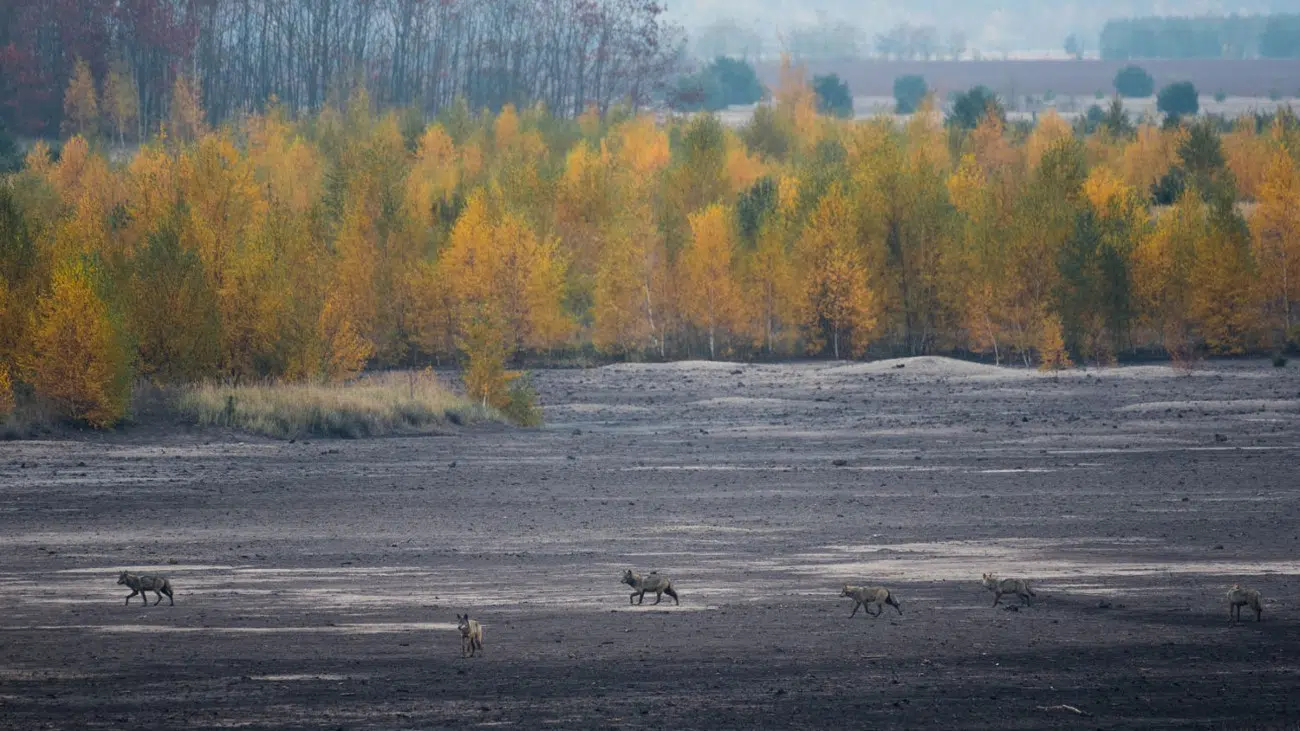
“In the pack” by Christian-D. Morawitz, GDT – Germany. Highly commended.
Decades of brown coal mining have left behind dramatically scarred landscapes in many parts of eastern Germany. Yet in several of these former opencast mines, large-scale restoration and nature conservation projects are allowing nature to reclaim the land. Devoid of human intervention, rare open habitats are slowly growing back into healthy communities via the process of ecological succession. Such undisturbed, game-rich habitats have proved ideal for wolves (Canis lupus).

“A landscape architect dives deep” by Marijn Heuts – The Netherlands. Highly commended.
Eurasian beavers (Castor fiber) can dive in waters as shallow as 30 centimeters but prefer water depths of around one meter to safely access the submerged entrances of their lodge. When water levels drop too far, beavers build dams. This not only secures the beavers' habitat but also creates expansive wetlands—warm, shallow, and brimming with plant and animal life. However, such engineering feats can occasionally flood human-managed lands and lead to conflicts. Proactive wildlife management can usually yield solutions that benefit both beaver and human communities.










